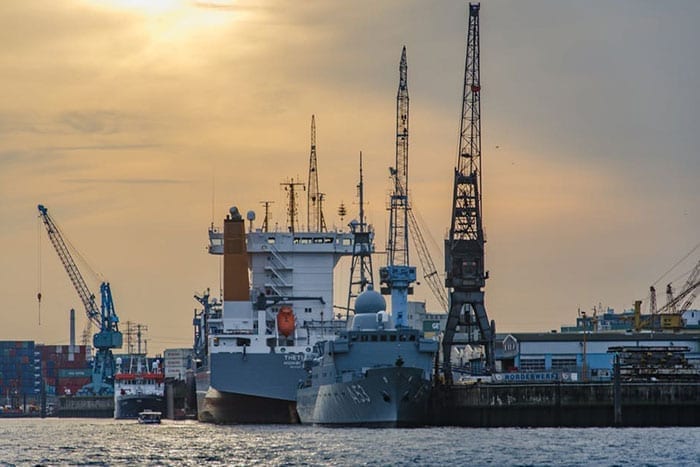Workers compensation seems simple enough. If you’ve suffered an injury while working, you’re entitled to damages if the accident was a result of your employer’s negligence.
It’s standard stuff.
But what if you work on or around a body of water or on a ship or vessel? Then maritime law comes into play and you have two major acts that people often don’t understand: the Longshore Act and the Jones Act.
What are the differences between these two, and which one may apply to you? We’ll compare and contrast the two here so that you’ll know how to proceed if you’ve been injured on or around the water.
The Longshore Act vs. the Jones Act
Both of these acts are related to work in, on, or around a body of water or in connection with a water-based vessel. The Longshore Act is also a form of workers’ compensation as even the name is “Longshore and Harbor Workers Compensation Act.”
If you’re wondering about the differences of a Longshore claim or a Jones Act lawsuit, you need to ask yourself a couple important questions:
- Do you work offshore and/or in a building on navigable waters?
- Are you a crew member of a water-based vessel?
Most people, even maritime workers, mix these acts up easily. They both seem pretty similar, and in some cases, there is even crossover.
For example, in one case a claimant pursued both workers comp with the Longshore Act and made a personal injury claim via the Jones Act. It has some people scratching their heads and asking, “What’s the difference?”
Navigable Waters
It’s important to know what navigable waters are. This is a body of water that’s deep enough, wide enough, long enough, etc. to allow a vehicle to navigate it.
In both cases, the injury needs to take place offshore in navigable waters. A building, such as a dock or a bay may seem like it is onshore, but it may be built on navigable waters.
Crew Member
How do you know if you’re a crew member? Well, if a large portion of your working time happens on a vessel and contributes to the vessel’s mission, then you are a crew member.
If you are the crew member of a vessel and have been injured due to someone’s negligence, then you may be able to pursue damages through the Jones Act.
Maritime Employee
If you are not a member of a navigable vessel, but you do work related to such vessels, then you might be a maritime employee.
This often includes people like:
- Longshore workers
- Shipbuilders
- Ship repairers
- Shipbreakers
- Harbor construction workers
- etc.
These people typically work on docks, wharves, piers, shipyards, etc. Their work may not be as a crew member to a sea-based vessel, but their work is related to it in some adjacent way.
These types of employees are able to pursue a Longshore claim.
Which Maritime-Based Act Should You Pursue?
If you’ve been injured on a ship, a dock, a pier, while constructing a shipyard, etc., then you may be investigating both the Longshore Act and the Jones Act.
They may seem very similar, but there is an important difference. The Jones Act is mainly for crew members of a sea-based vessel, and the Longshore Act is mainly for maritime employees who work in relation to said vessels.
There is grey area between the two, so if you have more questions or would like to know which legal action to pursue, feel free to contact us right away for a free consultation!

